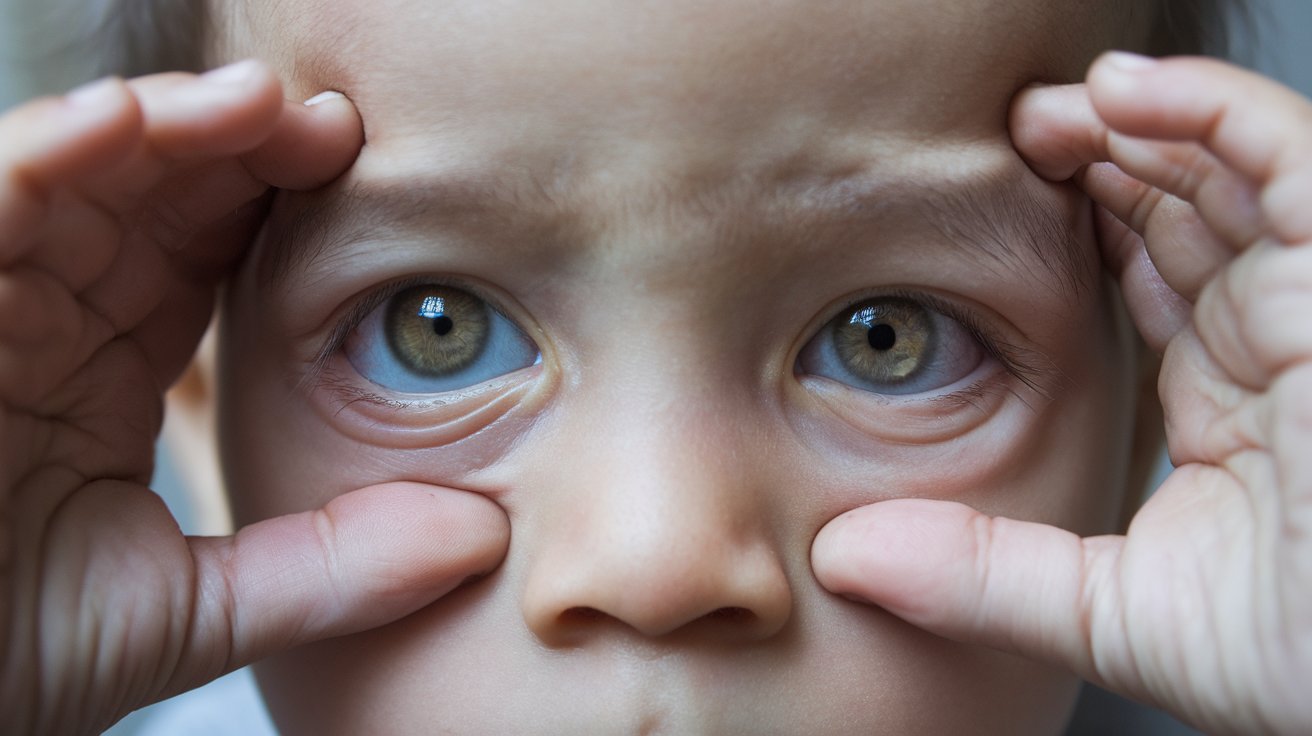
Microphtalmos Bilateral Colobomatous Orbital Cyst might sound like a mouthful, but understanding it can be simpler than you think. This rare condition involves small eyes (microphtalmos) with defects in the eye structure (coloboma) and cysts in the eye socket (orbital cyst). Microphtalmos affects both eyes, making it bilateral. These cysts can cause noticeable swelling around the eyes, often leading to vision problems. Knowing more about this condition can help in recognizing symptoms early and seeking appropriate medical advice. Here are 25 facts to help you get a better grasp of Microphtalmos Bilateral Colobomatous Orbital Cyst.
Key Takeaways:
- Microphtalmos Bilateral Colobomatous Orbital Cyst is a rare eye condition causing small eyes and cysts. Genetic and environmental factors play a role. Early diagnosis and support are crucial for managing symptoms and improving quality of life.
- Living with Microphtalmos Bilateral Colobomatous Orbital Cyst requires ongoing care, support, and regular eye exams. Early intervention and emotional support can help families cope with the condition.
What is Microphtalmos Bilateral Colobomatous Orbital Cyst?
Microphtalmos Bilateral Colobomatous Orbital Cyst is a rare congenital eye condition. It involves underdeveloped eyes and cysts in the orbit. This condition can affect vision and overall eye health.
- Microphtalmos means "small eyes." It occurs when one or both eyes are abnormally small.
- Coloboma refers to a gap or defect in the eye's structure. It can affect the iris, retina, choroid, or optic disc.
- Orbital cysts are fluid-filled sacs that develop in the eye socket. These cysts can cause pressure and discomfort.
- This condition is congenital, meaning it is present at birth.
- Microphtalmos can occur in one eye (unilateral) or both eyes (bilateral).
Causes and Risk Factors
Understanding the causes and risk factors helps in early diagnosis and management. Genetic and environmental factors play a role in the development of this condition.
- Genetic mutations are a significant cause. These mutations can be inherited or occur spontaneously.
- Environmental factors, such as exposure to certain drugs or infections during pregnancy, can increase the risk.
- Family history of eye disorders may raise the likelihood of developing this condition.
- Certain syndromes, like CHARGE syndrome, are associated with microphtalmos and coloboma.
- Maternal diabetes has been linked to a higher risk of congenital eye anomalies.
Symptoms and Diagnosis
Recognizing symptoms early can lead to better management. Diagnosis often involves a combination of physical exams and imaging tests.
- Symptoms include small eyes, visible cysts, and vision problems.
- Some individuals may experience light sensitivity or nystagmus (uncontrolled eye movements).
- An ophthalmologist can diagnose this condition through a detailed eye examination.
- Imaging tests like ultrasound, MRI, or CT scans help visualize the cysts and eye structure.
- Genetic testing may be recommended to identify underlying mutations.
Treatment Options
Treatment aims to manage symptoms and improve quality of life. Options vary depending on the severity and specific needs of the patient.
- Surgical removal of the cysts may be necessary to relieve pressure and discomfort.
- Prosthetic eyes can be used for cosmetic purposes and to support facial development.
- Vision therapy and low vision aids help maximize remaining vision.
- Regular follow-ups with an ophthalmologist are crucial for monitoring and managing the condition.
- Genetic counseling can provide valuable information for affected families.
Living with Microphtalmos Bilateral Colobomatous Orbital Cyst
Living with this condition requires ongoing care and support. Early intervention and a multidisciplinary approach can improve outcomes.
- Early intervention programs can support developmental milestones.
- Support groups and counseling can help families cope with the emotional aspects.
- Educational accommodations may be needed for children with vision impairments.
- Regular eye exams are essential to monitor changes and address new issues promptly.
- Advances in medical research continue to improve understanding and treatment options for this rare condition.
Final Thoughts on Microphtalmos Bilateral Colobomatous Orbital Cyst
Microphtalmos Bilateral Colobomatous Orbital Cyst is a rare condition that affects the eyes, leading to smaller-than-normal eyeballs and cysts. Understanding this condition helps in early diagnosis and better management. Treatments vary from surgical intervention to prosthetic eyes, aiming to improve the patient's quality of life. Awareness and research are crucial for advancements in treatment options.
Parents and caregivers should seek medical advice if they notice any unusual eye development in their children. Early intervention can make a significant difference. This condition, though challenging, can be managed with the right medical support and information. Stay informed, consult specialists, and support ongoing research to help those affected lead better lives.
Frequently Asked Questions
Was this page helpful?
Our commitment to delivering trustworthy and engaging content is at the heart of what we do. Each fact on our site is contributed by real users like you, bringing a wealth of diverse insights and information. To ensure the highest standards of accuracy and reliability, our dedicated editors meticulously review each submission. This process guarantees that the facts we share are not only fascinating but also credible. Trust in our commitment to quality and authenticity as you explore and learn with us.
